Charfield Gardens
Charfield Gardens is a custom build site made up of six self-build plots located on a larger Barratt Homes development, the result of South Gloucestershire Council’s percentage policy.
Charfield Gardens is a custom build site made up of six self-build plots located on a cul-de-sac, within a larger Barratt Homes development in the village of Charfield. These plots are a direct result of South Gloucestershire Council’s percentage policy to support the delivery of custom and self-build (CSB) and represent the first homes delivered because of the policy. The scheme has been overseen by Katie Warrington in her role as the council’s Self Build Officer.
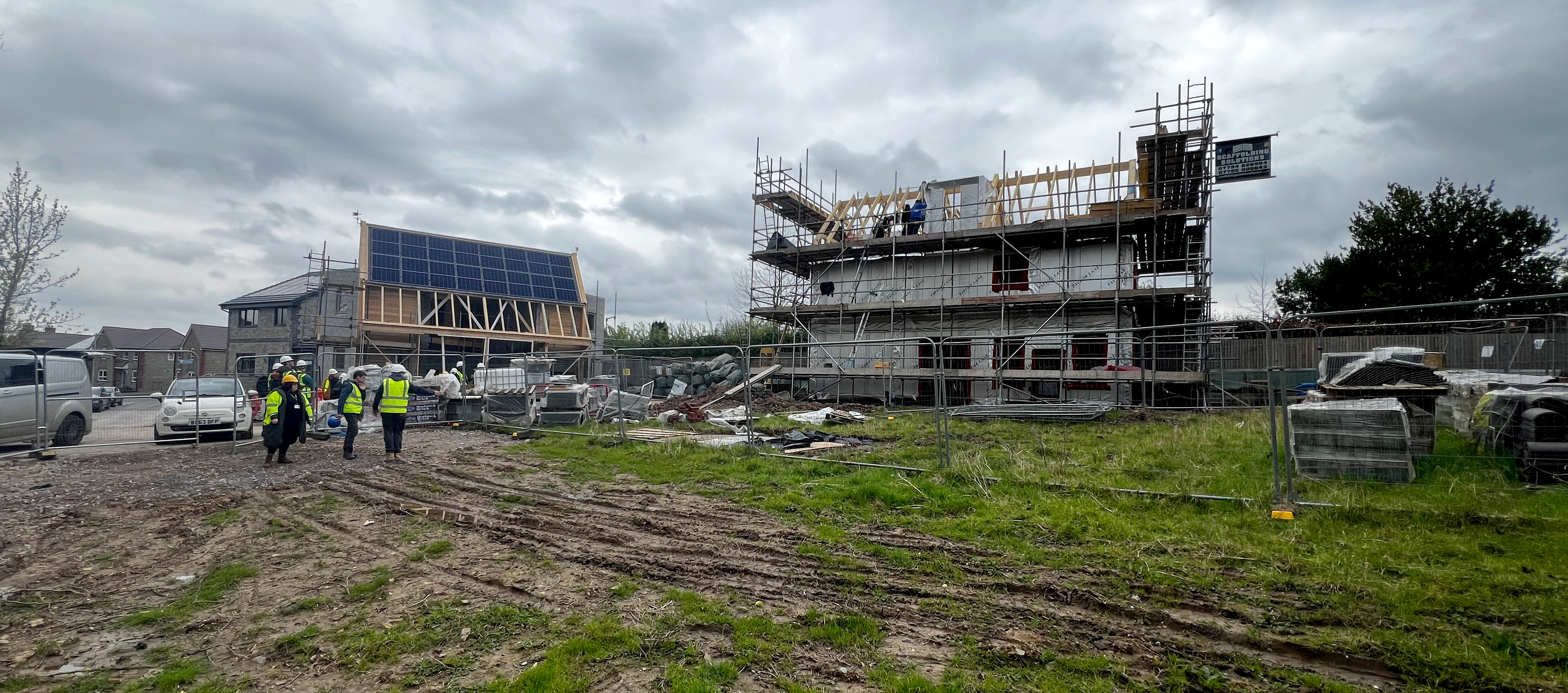
FIGURE 1: TWO PLOTS YET TO BREAK GROUND IN THE FOREGROUND, TWO SELF BUILD HOMES GOING UP AND ONE COMPLETED.
SITE DETAILS
The site is situated in the village of Charfield in South Gloucestershire, and the Barratt Homes application includes plans for 121 dwellings, a retail unit, public open space, play areas, allotments and an orchard. The site was originally a greenfield parcel of land outside the defined settlement boundary of Charfield. Tthe initial application is Ref: PT16/6924/O (22 December 2016); with an appeal reference of Ref: APP/P0119/W/17/3179643 (23 July 2018). It was later varied to Ref: PT18/5810/RVC to allow for each plot to be developed as a separate phase. (The self-build plots have a postcode of GL12 8SP).
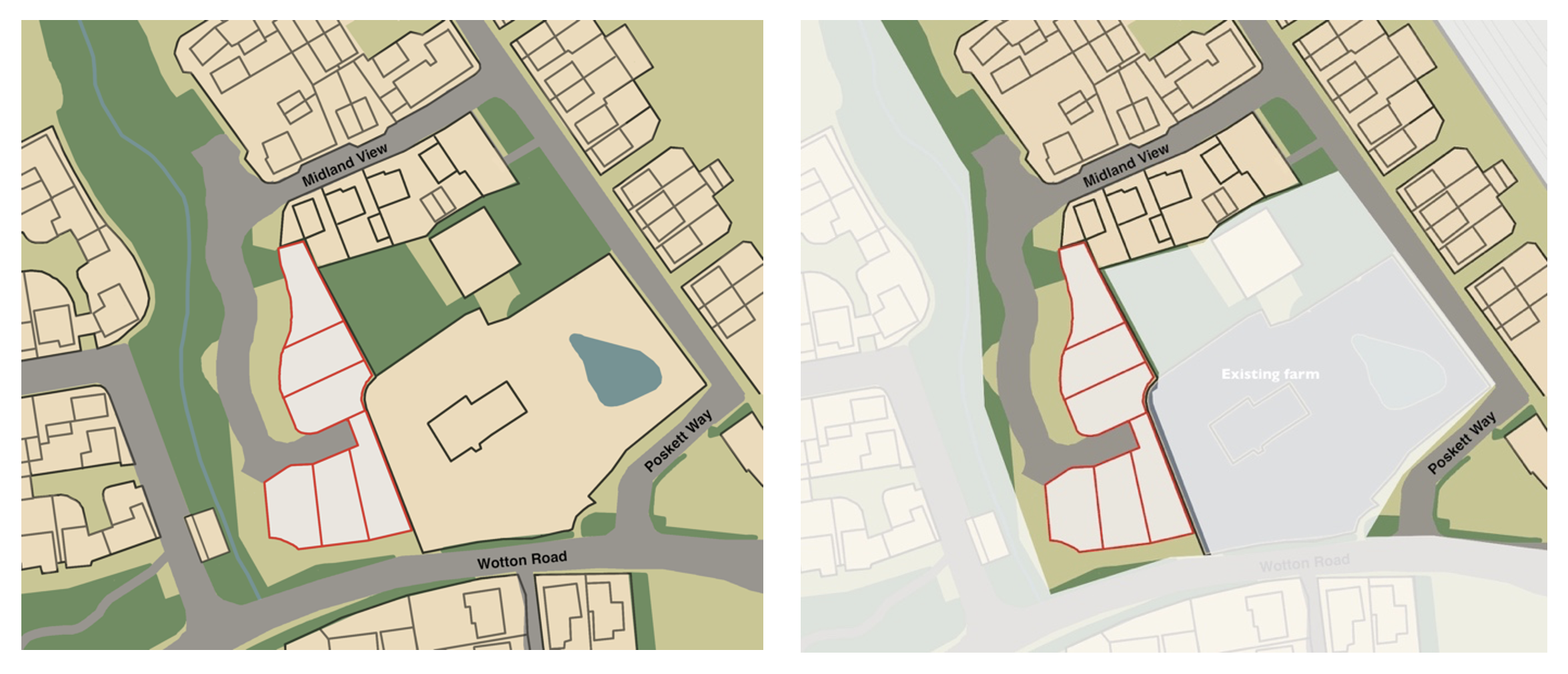
FIGURE 2: PLAN OF THE AREA (LEFT). HIGHLIGHT SHOWING PART OF THE BARRATT
ABOUT THE DEVELOPMENT
The six serviced plots range from 220-254m2, with a guide price of between £125,000-140,000. Each individual plot allows for a construction of up to 108m2, as outlined in the S106 legal agreement. The S106 applies to the plots as per the original planning application but no longer applies after individual plot approvals. The outline permission establishes the principal concept for the self-build plots. Plot purchasers are required to submit a Reserved Matters application specifying appearance, landscaping, layout, and scale, in accordance with the design code.
PLANNING CONTEXT
The Policies, Sites and Places Plan; Self and Custom Housebuilding (PSP42), adopted November 2017 as part of the South Gloucestershire Local Plan, mandates that developers allocate at least 5% of the total dwellings on residential and mixed-use sites of over 100 dwellings for custom or self-builders.
This policy outlines specific requirements for the delivery of custom and self-build projects. If these requirements are not met, developers are obligated to provide plots in a cascading manner. Firstly, as self and/or custom house building serviced plots, and, if not feasible, as shell homes. The council’s aim to increase opportunities for low- and middle-income groups, as well as downsizers to build their own homes. In line with this, criteria nine of policy PSP42 sets a target size of 108m² for custom-build plots on large sites to control plot sizes and consequently, land values, making them more affordable.
This policy is further supported by an Supplementary Planning Document (SPD) adopted in April 2021, which offers guidance to developers on how to deliver the specified percentage of policy plots on larger sites.
Additionally, as a Community Infrastructure Levy (CIL) charging authority, the council requires all self builds on multi-plot sites to be identified in a Self-Build Phasing Plan submitted with any application. This ensures that the commencement of development on a single site does not trigger the CIL for the entire development. Failure to submit a Self-Build Phasing Plan could result in all plot purchasers losing their self-build CIL exemption.
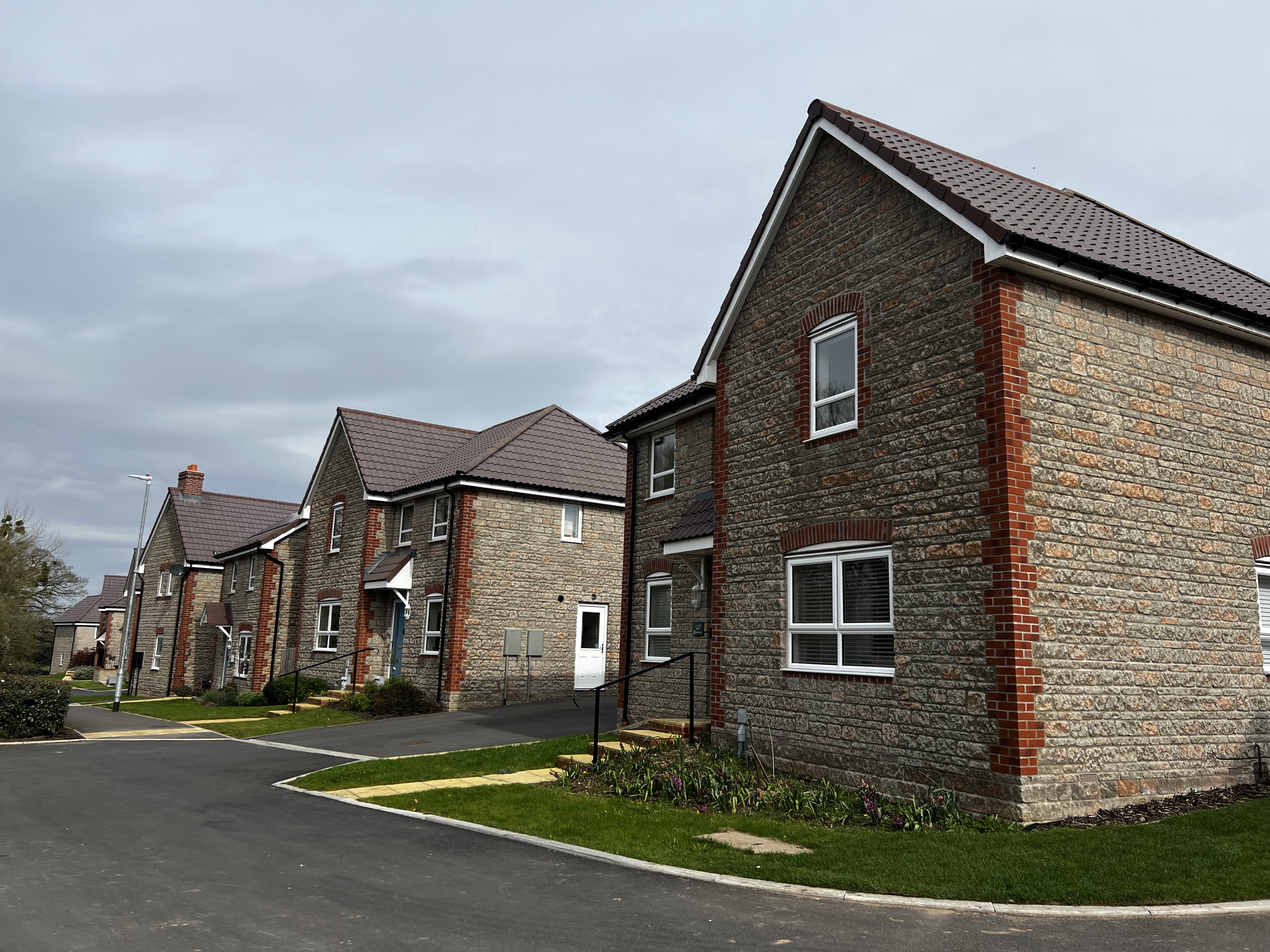
FIGURE 3: (LEFT) BARRATT HOMES ON THE MAIN SITE.
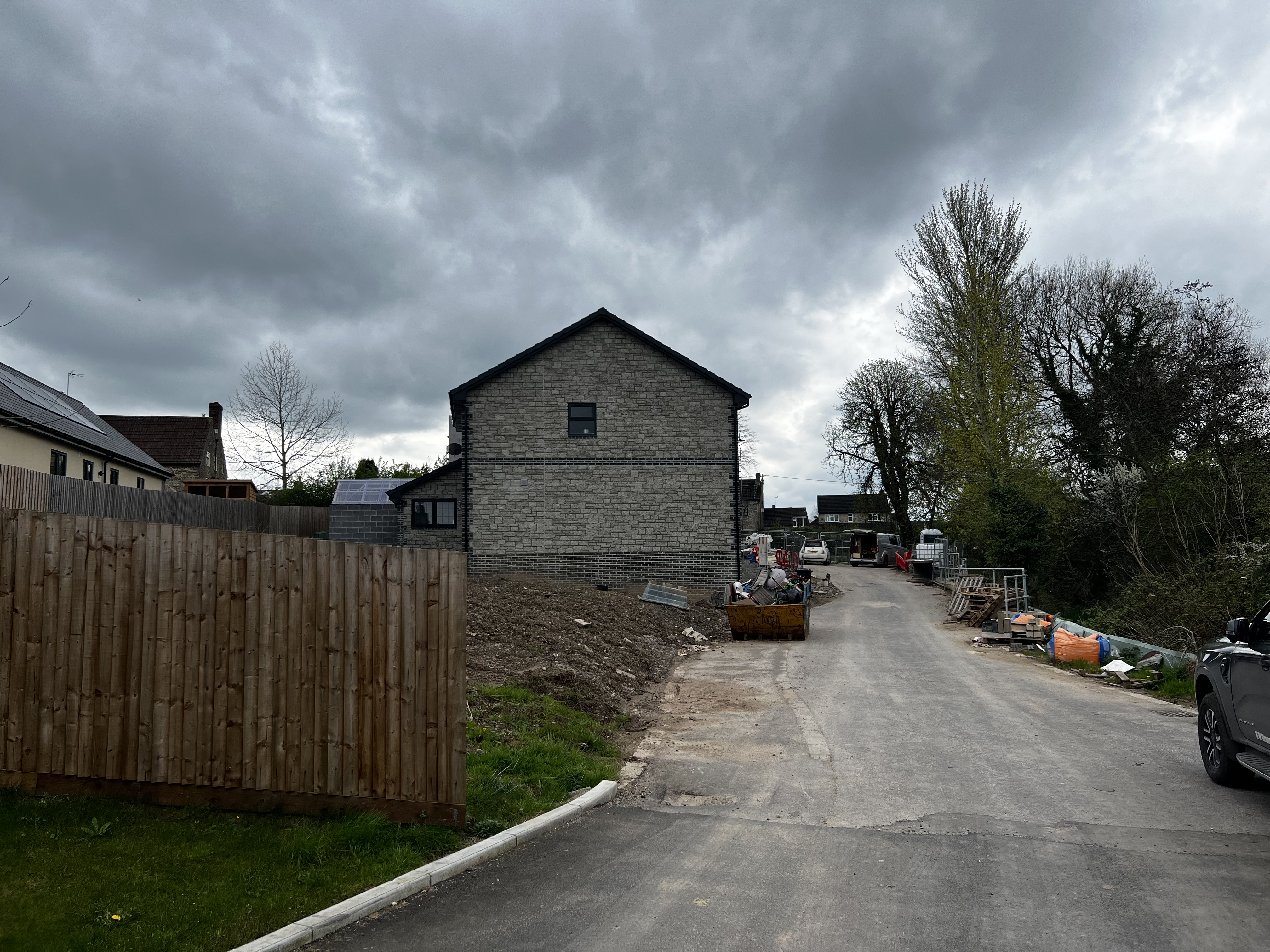
FIGURE 4: (RIGHT) THE SELF BUILD AREA, SHOWING ONE SELF-BUILT HOME THAT REFLECTS THE MAIN SITE
DEVELOPMENT MODEL
Percentage Policies are, by nature, prescriptive, and South Gloucestershire Council has prepared comprehensive guidance to ensure that the plots emerging plots are deliverable. For example, it advocates that the self-build plot parcel should ideally be located to facilitate delivery. This depends on the number and location of the CSB plots negotiated. Preferably, these would be delivered in an earlier phase. However, usually developers want it delivered separately once the entire development has been completed. This can create legacy issues for the developer as the site cannot be signed off until all CSB plots have been constructed and completed.
The detail around this is dealt with by the council in a S106 agreement on larger sites, or as a planning condition on small-scale projects. Plots should be clustered together, of realistic sizes to make them attractive to buyers, and free from significant constraints such as trees, slopes and flood risks. They should also allow for easy access to the plot to facilitate the delivery of bulky materials and plant, and consideration of the location of on-site materials storage and how that may impact site build out.
The percentage policy’s requirement of 5% on larger sites over 100+ dwellings ensures that each site has a minimum of five plots, as experience has demonstrated that less than five takes a up a disproportionally high level of council resourcing to implement, which is hard to balance.
The council requires a Delivery Statement to ensure applicants/developers are considering CSB early on. This prompts them to think about the method of delivery, Design Code, Boundary Treatments and so on. At Charfield, the Delivery Statement sets out four models for homes to emerge for the sites to proceed: the developer or landowner can sell individual plots to private homebuilders; they can provide a turnkey service with a design-and-build contract to create a bespoke home; sell the site to an enabler to bring on the homes (including service installation, delivery and marketing of the plots); and, they can partner with a third-party enabler.
MARKETING
The site was marketed by local agent David James (click for an example), and South Gloucestershire’s S106 Heads of Terms requires plots to be marketed for a first marketing period of 12 months. If the CSB plots do not sell in this timeframe, a second 12-month marketing period kicks in, during which the developer can market the plots as custom build opportunities or a shell Home.
However, experience on this site and other similar sites suggests that the initial 12-month period for plots alone is not sufficient and that a longer marketing timeframe is required to offer greater flexibility. Experience has also shown that it is essential for the appointed estate agent, as well as valuers and surveyors, to understand the process of selling self and custom build plots and the relevant documents.
It is recommended that the council initiates initial engagement with the estate agent before marketing commences and advises them about the relevant approved documents. Ideally, the LPA needs to engage regularly with the developer, who is ultimately responsible for plots sales, to ensure momentum in the marketing process. It is important to ensure regular updates on the number of sale transactions are provided by the developer.
The authority requires design codes to be created for the delivery of plots resulting from its Percentage Policy as set out in PSP42.These design codes establish acceptable forms of development and should ideally allow for some design freedom without being too prescriptive. They should clearly set out what is mandatory and what is optional. The self-build plot area will have its own Design Code that is informed by the wider development.
The Design Code should be accompanied by Plot Passports, which identify everything the prospective plot purchaser needs to know about the plot of land, including the total size of the plot, gross GIA, maximum height, and any constraints, etc. At a minimum, each passport should clearly show the plot location, permissible building lines and proximity constraints to neighbouring buildings, the developable footprint, building height restrictions, parking (on plot) and the access point location. Buyers are encouraged to refer to Barratt’s surveys and reports for the wider site for reference, but ultimately, they must conduct their own surveys if they are unsure about something on their own plot, such as assessing the ground for their chosen foundation type.
In addition, buyers must engage a principal designer as part of the process and are responsible for meeting health and safety procedures on their own site.
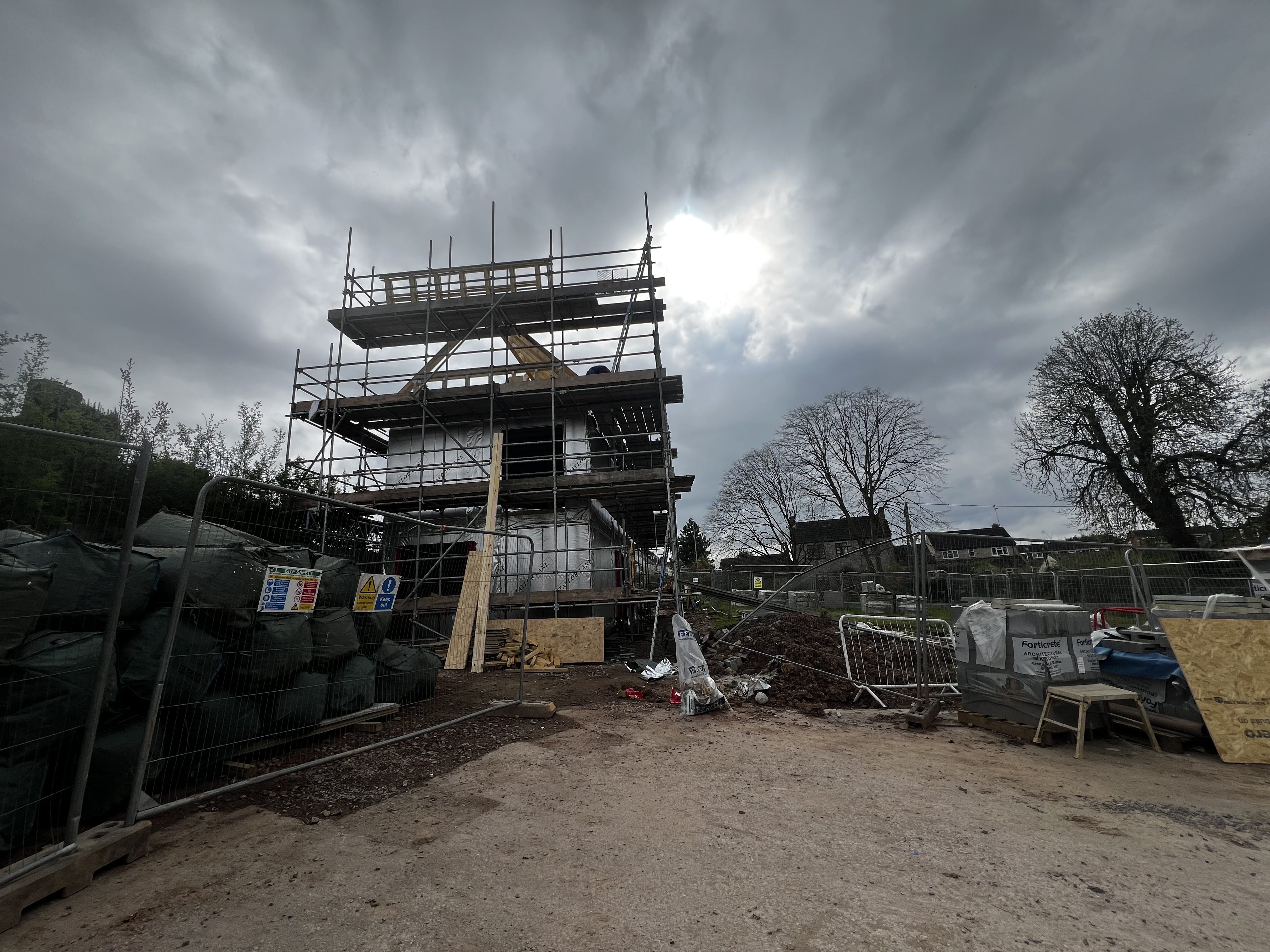
FIGURE 5: ONE OF THE SELF BUILD HOMES.
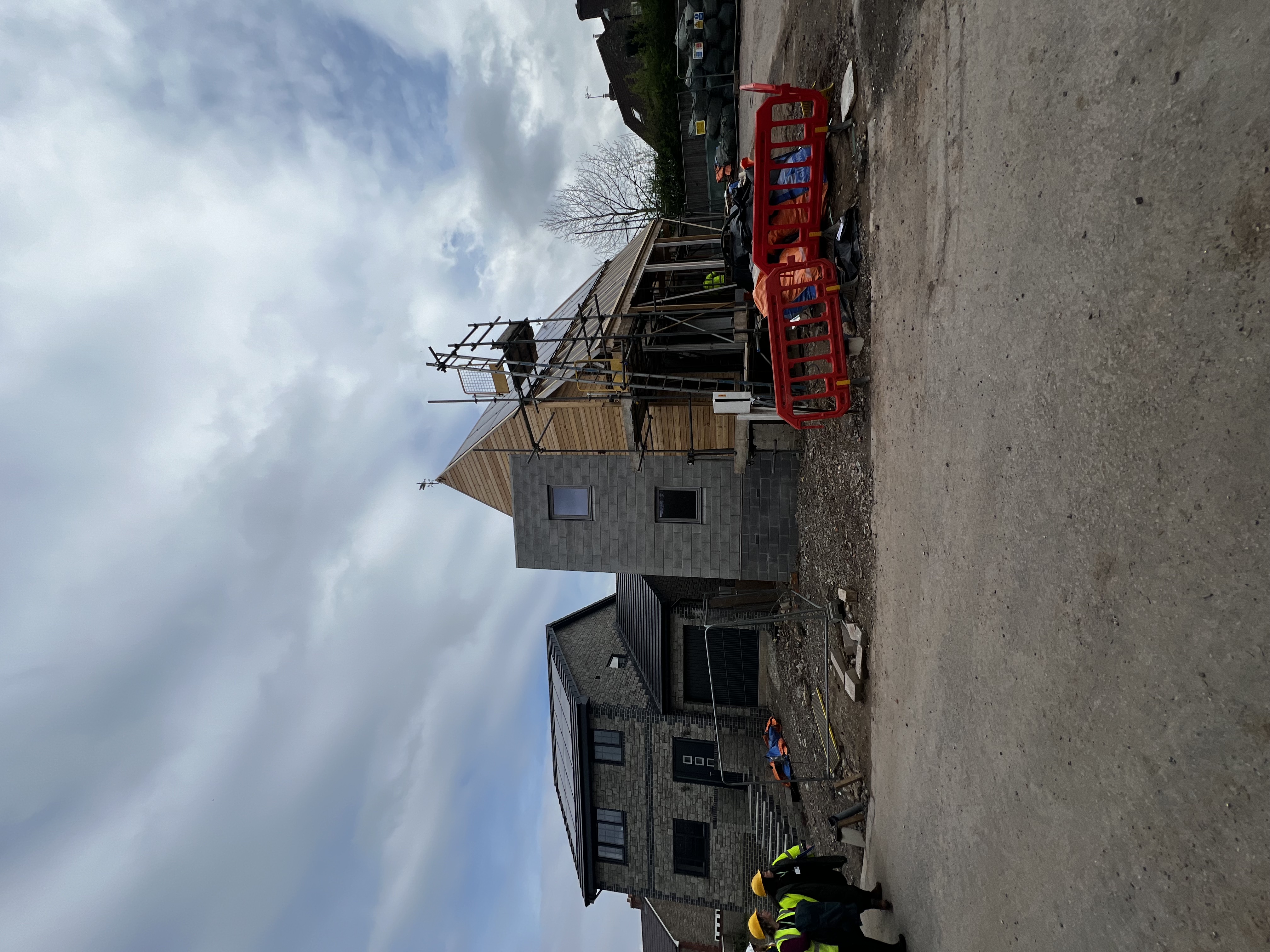
FIGURE 6: TWO OF THE SELF BUILDS, WITH THE STONE FACING OF ONE REFLECTING THE STYLE ON THE MAIN SITE
TIMEFRAME
The original application for Charfield Gardens was submitted in late 2016 and sought permission for 121 dwellings, a Class A1 retail unit and associated green space. It was approved in July 2018 at appeal. The inspector noted that the six custom and self-build plots enhance the housing options saying, “In addition, self-build plots would be provided, which would increase the range of housing choices.”
A condition (2) was attached by the inspector, requiring the submission of reserved matters to the local planning authority within one year of the planning permission. This condition also applied to the self-build plots. Initially, meeting this condition was challenging, but was resolved through negotiation between the developer and council. This resulted in the submission of six holding Reserved Matters (RM) applications, one for each self-build plot. Once the individual plots were sold, each RM planning application was transferred to the plot purchaser with a letter from the council’s Legal Team.
Due to Covid delays, the plots came to the market in summer of 2022. The council first offered them to people on their register before listing them on RightMove. The council provided design codes and Plot Passports to those on their register who agreed to be contacted by email. This gave registrants a tangible benefit for signing up and resulted in two people on the register purchasing a plot.
It took a total of 12 months to sell the plots, with a few buyers dropping out along the way. However, the marketing period met the S106 requirements, and by May 2024, five of the six self-builders had submitted their Reserved Matters applications. At this point, three of the six houses had their superstructures built, which is an excellent outcome considering the timeframes involved in bringing the site to market.
“The self-build plots at Charfield Gardens are the results of a well-established planning policy that is beginning to have an impact. The provision of these plots and homes acts as a testing ground for innovation and embodies the councils steep learning curve, particularly in relation to the self-build service. This site sets a standard for the council’s future in custom and self-build housebuilding”.
Katie Warrington, Self-Build Officer, South Gloucestershire Council
SOUTH GLOUCESTERSHIRE’S SELF-BUILD PARTNERSHIP –
A UNIQUE APPROACH
In the context of custom and self-build activities, South Gloucestershire has a large self-build register. It started with 433 people in the initial period and, currently has 1,300 individuals on the register. The Council appointed a part-time Self-build Officer in November 2017 and has adopted CSB policy and SPD on Self Build and Custom Housebuilding, demonstrating its proactive stance on a national level in this area.
In January 2021, the council received LGA funding to support the marketing of six plots on council-owned land. This funding was utilised to create a self-build portal for those signed up, including 700 people who consented to be contacted. This portal is designed to assist the council in engaging with their register, sharing news of upcoming sites and providing information on Plot Passports.
Recognising that the percentage policy was shaping a new market, the council aimed to promote CSB as a route to employment for local SMEs. Additionally, they sought to build a group of reputable enablers interested in constructing and facilitating the delivery of permissioned plots in the self-build pipeline.
To achieve this, the council created a partnership model to bring together custom and self-build developers and enablers. This model was based on the Homeswest Model operating in the West of England, which deliver affordable homes through Section 106 agreements. This approach allowed the council to have a pool of enablers with whom they can engage for tendering, to facilitate the delivery of the pipeline of CSB homes resulting from their percentage policy work. The proposal received executive approval in 2020, with the Right to Build Task Force provided critical friend advice and guidance helping to shape the partnership body.
The council, through its adopted policy and plots secured via Section 106 agreements, aims to facilitate, and expedite the delivery of custom and self-build homes. This initiative is further supported by the expertise and resources of the Self-Build Officer and the broader team, with a ready market facilitated by its register and portal. The partnership has an experienced CSB enablers membership, which complements this offering. Importantly, this is an approach that is a first for a local authority in its efforts to deliver custom and self-build housing.
Additionally, the Self-Build Officer role has now become permanent, and the council has instituted a measure to generate income to fund this position. The council has imposed a levy of 1% of the plot value (excluding the statutory planning application fee) for their larger strategic site at the Harry Stoke New Neighbourhood. Due to the percentage policy this site will create 81 CSB plots over phases 3-5, and this funding mechanism captured in the S106 for the site to resource the self-build service for these plots and to support the partnership.
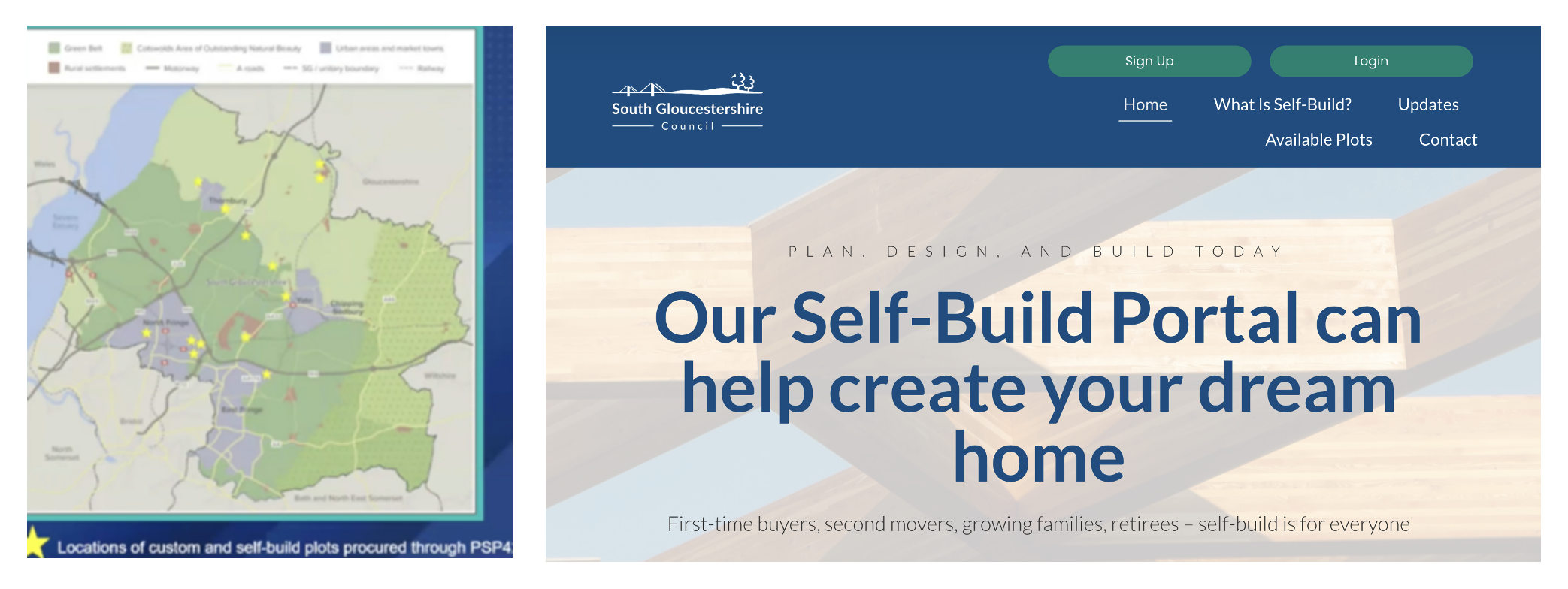
FIGURE 7: SOUTH GLOUCESTERSHIRE
TASK FORCE COMMENT - A CHANGE IN THE POLICY LANDSCAPE
Nationally, many councils have adopted a Percentage Policy approach to managing their duties as set out under the legislation. However, the Right to Build Task Force emphasises that percentage policies need to be supported by adequate guidance to facilitate delivery, and strong promotion and engagement with enablers and developers to build a pipeline of custom and self-build plots. The Task Force also highlights that such policies alone are not enough to ensure that permissions are delivered.
South Gloucestershire’s approach includes a percentage policy complemented by other approaches, such as bringing sites forward on its own land, and is supported by the range of initiatives. The legislation does not make provision for councils to contact people on their registers, but South Gloucestershire’s approach serves an example of what can be achieved with the right resources and experienced staff for those on its registers.
Viewed at a national level, South Gloucestershire has been a pioneer in terms of policy to support custom and self-build, with its Percentage Policy in place since 2017. To date, the policy approach has generated a pipeline of over 180 plots across several sites, typically yielding roughly 20 plots per site, ranging from between 6 up to 81 custom and self-build plots. However, the challenge remains whether these permissions are built out as owner-commissioned homes.
From the council’s perspective, it is finding that sites ideally should consist of 6-10 plots as a minimum, as one or two plots requires a disproportionate amount of officer time. On large sites, such as its 81-plot site, phasing via staggered delivery will support this volume to be absorbed by the market.
In terms of monitoring, as of May 2024 the policy had resulted in 183 secured plots. Of the 31 market self-build plots, twelve have been sold to date, with six started on site and one completion at the time of writing. As a CIL charging authority it uses the exemptions as a way of tracking plots delivered, in line with tracking CSB permissions, to feed into its supply table.
Having a policy mechanism bed in to the point of delivery means the process is iterative, helping to evolve the self-build service provided by the council. The council is currently at Reg 19 of its local plan revision, enabling it to amend policy on minor points to improve the offering, for example around the marketing process.
TASK FORCE STATEMENT
South Gloucestershire has developed a long-term strategy for managing its self-build register and aligning it with its emerging sites. Through the Self Build Partnership, the focus has shifted from supporting sites to facilitating delivery. Initially, this involved collaborating with national companies experienced in delivering in this market, with the intention of eventually encouraging local SME developers to take on this role.
A percentage policy alone does not create additional homes. The National Custom and Self Build Association (NaCSBA) believes that custom and self-build has the potential to deliver more housing than might otherwise be developed. Therefore, the Task Force Plan Making and Policies guidance suggests that a percentage policy should be accompanied by a suite of guidance and policies to support custom and self-build locally.
Keywords
• Dense

Key Points
- It is important to have a policy-first approach for custom and self-build, as this sets the foundation for good practice., It’s especially effective when supported by a local authority team member with dedicated responsibilities. At South Gloucestershire Council everything is based on an effective, adopted planning policy PSP42, which helped meet the duties set out by the legislation and diversify its housing supply.
- Percentage policies require closely collaboration with the developer of the main site, as this process is often a new process to them.
- It’s important to establish a single point of contact with the main developer of the overall scheme for plot purchasers and the council to prevent any arising issues from becoming sticking points. This is a learning curve for both the council and the developer in terms of how to deliver percentage policy plots.
- At a development management level, it’s crucial that the site is signed-off before any plots are handed over to purchasers to ensure that they comply with the criteria/conditions identified in the Plot Passport, such as the position of plot services. It is important to ensure that all planning conditions and S106 obligations have been signed off by the council before the plots are marketed and sold.
- Consideration of vehicular access for deliveries and the laydown and storage of deliveries should be factored in at the outline application stage. This should be included in the Design Code/Plot Passport to avoid conflicts when multiple plots are being constructed.
- Phasing is another important consideration, especially if the plots are the last phase of development surrounded by finished roads and verges. Multiple deliveries and cranes can cause issues on a tight site.
- Plots need to account for a 1m perimeter around the building footprint, which is needed for adjacent scaffolding.
- South Gloucestershire Council provides information on self and custom build plot opportunities to those on the self-build register. This offers a tangible benefit to those that have signed the register and demonstrates to local enablers/developers that the LPA is proactive.


